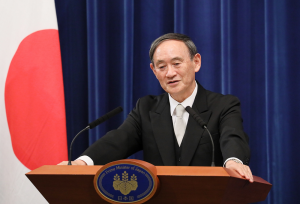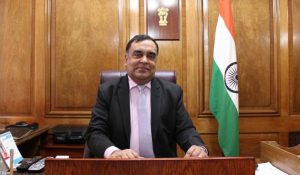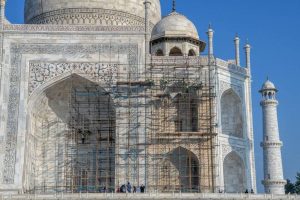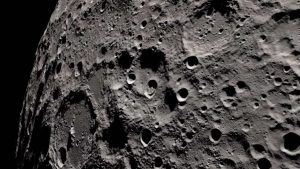
Sunday, November 01, 2020
The HINDU Notes – 31st October 2020
Saturday, October 31, 2020
THE HINDU NEWSPAPER IMPORTANT ARTICLES 31.10.2020
Friday, October 30, 2020
IAS NETWORK GS 2 Complete Notes PDF
IAS NETWORK GS 2 Complete Notes PDF
Daily Current Affairs, 30th October 2020

1) Japan to achieve zero carbon emissions by 2050

•Japanese Prime Minister, Yoshihide Suga has stated that the country will achieve zero carbon emissions by 2050. The Prime Minister stated he intends to make a sustainable economy a pillar of his growth strategy and put maximum effort into achieving a green society.
•Suga emphasized the need to shift away from fossil fuels to counter climate change as an opportunity rather than a burden. As per Japan’s current energy plan, 56 per cent of its energy requirements come from fossil fuels.
2) Indian Army launches indigenous mobile application SAI

•The Indian Army has launched a secured messaging application platform named ‘Secure Application for the Internet’ (SAI). This mobile application for Android will support end-to-end secure voice, text and video calling services. This application is similar to applications like Telegram and WhatsApp.
3) Yashvardhan K. Sinha appointed as new Chief Information Commissioner

•Government of India has approved the name of Former Foreign Service officer, Yashvardhan Kumar Sinha as the new Chief Information Commissioner. He was already the Information Commissioner and was also the most senior. The post of CIC chairman had been vacant for several months after Bimal Zulka retired.
4) IIT Kanpur, ASI sign MoU with Italian institutes for restoration of monuments

•The Indian Institute of Technology, Kanpur (IIT-K) and the Archaeological Survey of India have signed an agreement with two institutions from Italy, seeking restoration and protection of historical monuments.
5) Anzar Mustaeen Ali wins special prize in Global Art Competition

A six-year-old Bangladeshi boy, Anzar Mustaeen Ali won a special prize of USD 1000 for his artwork in the global art competition organised by the Indian Council of Cultural Relations (ICCR). The ICCR had launched a global painting competition named ‘United Against CORONA- Express through Art’ which attracted 8000 artwork entries from around the world. After the first round of competition 210 artworks were shortlisted.
The final jury evaluated and decided the winners from each category such as Indian and Foreign, Professional/Amateur/Children in four different sections:
•Contemporary Art
•Folk and Tribal Art
•Cartoons and Illustrations
•Digital and New Age Art
6) NASA’s SOFIA discovers water on Sunlit Surface of Moon

•Two new studies published in Nature Astronomy suggest there could be much more water than previously thought, including ice stored in permanently shadowed “cold traps” at lunar polar regions. Using data from the Stratospheric Observatory for Infrared Astronomy (SOFIA) Airborne Telescope, researchers scanned the lunar surface at a more precise wavelength than had been used before — six microns instead of three. This allowed them to distinguish the spectral fingerprint of molecular water.
•Previous research has found indications of water by scanning the surface, but these were unable to distinguish between water (H2O) and hydroxyl, a molecule made up of one hydrogen atom and one oxygen atom. But a new study provides further chemical proof that the Moon holds molecular water, even in sunlit areas.
The HINDU Notes – 30th October 2020




